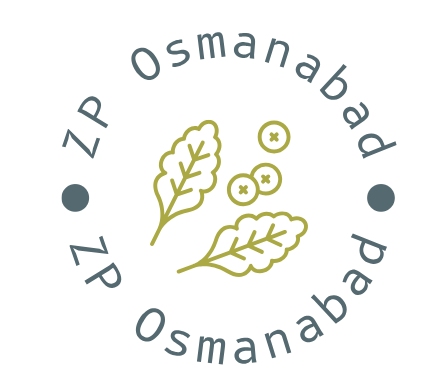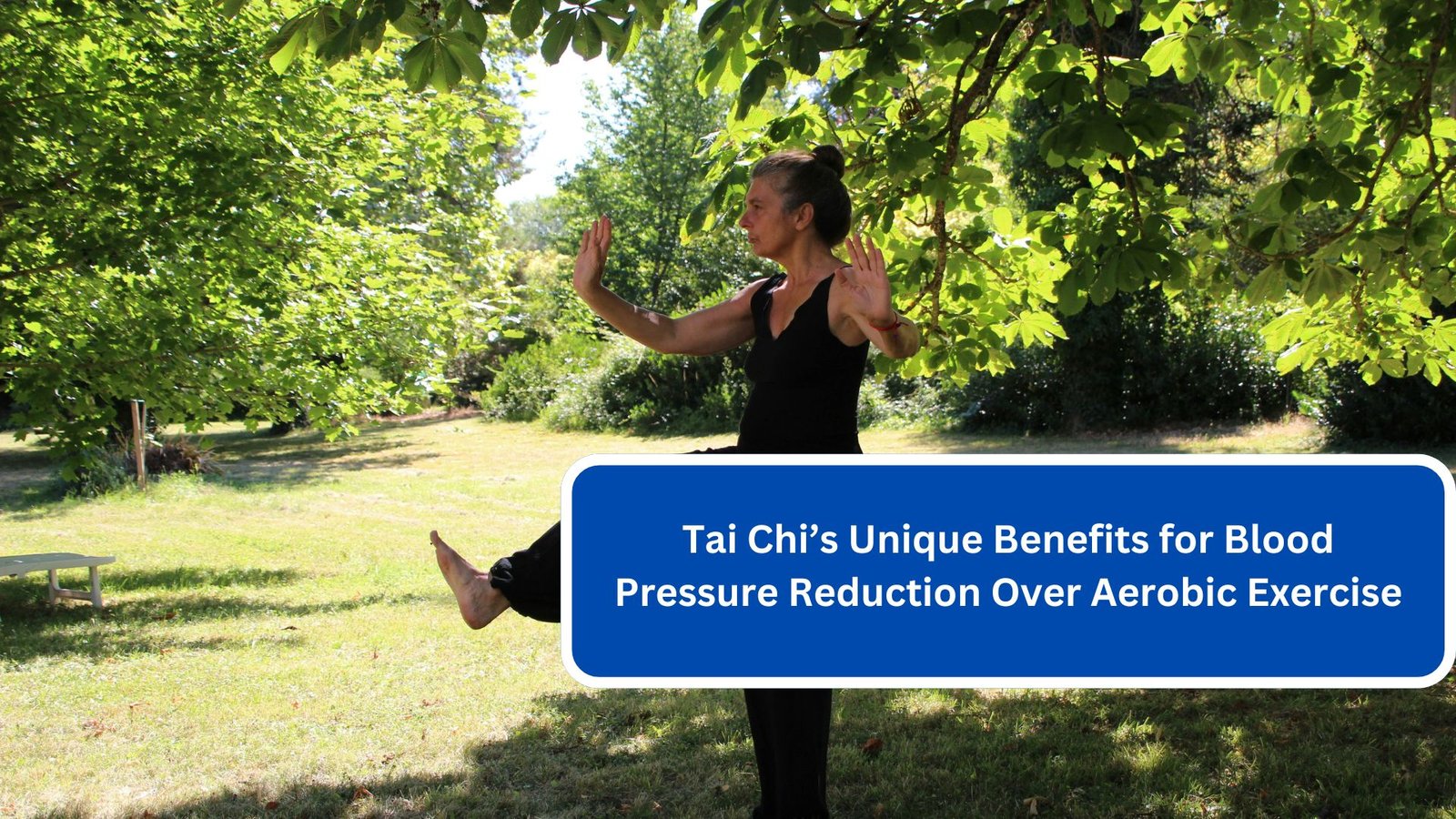Hypertension, commonly known as high blood pressure, is a prevalent health issue that affects millions of individuals globally. It is a major risk factor for cardiovascular diseases, strokes, and kidney failure. While various interventions exist for managing blood pressure, exercise is one of the most effective lifestyle modifications. Among the myriad of physical activities available, Tai Chi and traditional aerobic exercises are two prominent options. This article delves into the unique benefits of Tai Chi for blood pressure reduction compared to aerobic exercise, highlighting its effectiveness, safety, and holistic approach to health.
Understanding Hypertension
Hypertension occurs when the force of blood against the arterial walls is consistently too high. This condition can arise from various factors, including:
- Genetics: A family history of hypertension increases susceptibility.
- Diet: High sodium intake and low potassium levels can contribute.
- Lifestyle: Physical inactivity, obesity, and stress are significant risk factors.
- Age: The risk of hypertension increases as people grow older.
Managing blood pressure is essential to prevent serious health complications. While medications can be effective, lifestyle changes, particularly physical activity, play a vital role in maintaining optimal blood pressure levels.
The Role of Exercise in Blood Pressure Management
Physical activity has numerous benefits for cardiovascular health, including:
- Improving Heart Health: Regular exercise strengthens the heart, improving its efficiency in pumping blood.
- Weight Management: Maintaining a healthy weight can help control blood pressure.
- Reducing Stress: Exercise can serve as a natural stress reliever, which is crucial for individuals with hypertension.
While aerobic exercises such as running, cycling, and swimming are commonly recommended for cardiovascular fitness and blood pressure management, Tai Chi offers distinct advantages that make it a valuable alternative.
Unique Benefits of Tai Chi
1. Mind-Body Connection
Tai Chi is often described as “meditation in motion.” This ancient Chinese martial art emphasizes slow, controlled movements and deep breathing, fostering a strong mind-body connection. This focus on mindfulness helps practitioners achieve a state of relaxation and reduces stress levels, which is particularly beneficial for managing hypertension. Stress is a known contributor to high blood pressure; therefore, the calming effects of Tai Chi can directly impact blood pressure levels.
2. Gentle and Low-Impact
Tai Chi is characterized by gentle, flowing movements that place minimal stress on the body. This makes it accessible for individuals of all ages and fitness levels, particularly older adults or those with physical limitations. In contrast, traditional aerobic exercises can be intense and may pose a risk of injury, especially for those new to exercise or with existing health concerns. The low-impact nature of Tai Chi allows individuals to engage in a consistent practice without the fear of injury, promoting long-term adherence to physical activity.
3. Enhanced Flexibility and Balance
Tai Chi improves flexibility and balance, which are crucial for overall health, particularly in older adults. Regular practice can enhance coordination and prevent falls, further promoting physical activity. As individuals feel more confident in their balance and mobility, they are likely to engage in additional forms of exercise, contributing to better blood pressure management.
4. Breath Control and Respiratory Benefits
The emphasis on deep, controlled breathing in Tai Chi enhances respiratory function and lung capacity. Better oxygenation and improved breathing techniques contribute to relaxation and stress reduction. In contrast, aerobic exercises, while beneficial for cardiovascular health, may not focus as intently on breathing techniques. The deep, diaphragmatic breathing encouraged in Tai Chi activates the parasympathetic nervous system, promoting a state of calm and potentially lowering blood pressure.
5. Holistic Approach to Health
Tai Chi integrates physical, mental, and emotional well-being, making it a holistic practice. It fosters a sense of peace and mindfulness, which can improve overall quality of life. The focus on mental health and relaxation through Tai Chi can complement the physical benefits, leading to better management of blood pressure. In contrast, traditional aerobic exercises may not offer the same level of psychological benefits.
Scientific Evidence Supporting Tai Chi
Numerous studies have examined the effects of Tai Chi on blood pressure:
- Clinical Trials: Research indicates that regular Tai Chi practice can lead to significant reductions in both systolic and diastolic blood pressure, often comparable to those achieved through traditional aerobic exercise.
- Meta-Analyses: Reviews of multiple studies suggest that Tai Chi is effective in lowering blood pressure and improving cardiovascular health in individuals with hypertension.
- Long-Term Benefits: Studies indicate that the positive effects of Tai Chi on blood pressure control can persist even after participants reduce the frequency of practice, highlighting the lasting impact of this mind-body approach.
Comparison with Aerobic Exercise
While aerobic exercise has well-documented cardiovascular benefits, there are key differences when compared to Tai Chi:
Intensity and Accessibility
- Aerobic Exercise: Often requires a certain level of fitness and may be challenging for some individuals, particularly those with mobility issues or chronic health conditions. It may lead to fatigue or injuries.
- Tai Chi: Is gentle and adaptable, making it suitable for virtually anyone, regardless of fitness level. This accessibility encourages individuals to engage in regular practice.
Psychological Benefits
- Aerobic Exercise: Can reduce stress and improve mood, but often lacks the mindfulness component found in Tai Chi.
- Tai Chi: Emphasizes relaxation and mental clarity, leading to deeper emotional benefits, which are crucial for managing hypertension.
Sustainability and Longevity
- Aerobic Exercise: Maintaining a consistent aerobic exercise routine can be difficult for some individuals, especially if they experience fatigue or injury.
- Tai Chi: Its low-impact nature promotes longevity in practice, making it an easier choice for lifelong health and well-being.
Getting Started with Tai Chi
For those interested in incorporating Tai Chi into their lifestyle to manage blood pressure, consider the following steps:
- Find a Class: Look for local Tai Chi classes or workshops, often available in community centers, gyms, or health facilities.
- Online Resources: Many online platforms offer instructional videos, allowing individuals to learn Tai Chi at home.
- Start Slowly: Begin with short sessions and gradually increase duration and complexity as comfort grows.
- Practice Regularly: Aim for consistency, ideally practicing several times a week for optimal benefits.
- Listen to Your Body: Focus on comfort and ease during practice, making adjustments as necessary.
Conclusion
Tai Chi stands out as a unique and effective approach to managing high blood pressure, offering a blend of physical, mental, and emotional benefits. Its gentle movements, mindfulness, and emphasis on relaxation create a holistic practice that can significantly impact blood pressure control. As research continues to support the effectiveness of Tai Chi, incorporating this ancient practice into a comprehensive hypertension management plan can be a valuable addition for individuals seeking natural, sustainable solutions for their health.
In a world where stress and sedentary lifestyles contribute to rising hypertension rates, Tai Chi provides a path toward improved health that is both accessible and enjoyable. By embracing the unique benefits of Tai Chi, individuals can take meaningful steps toward achieving better blood pressure management and enhancing their overall quality of life.

